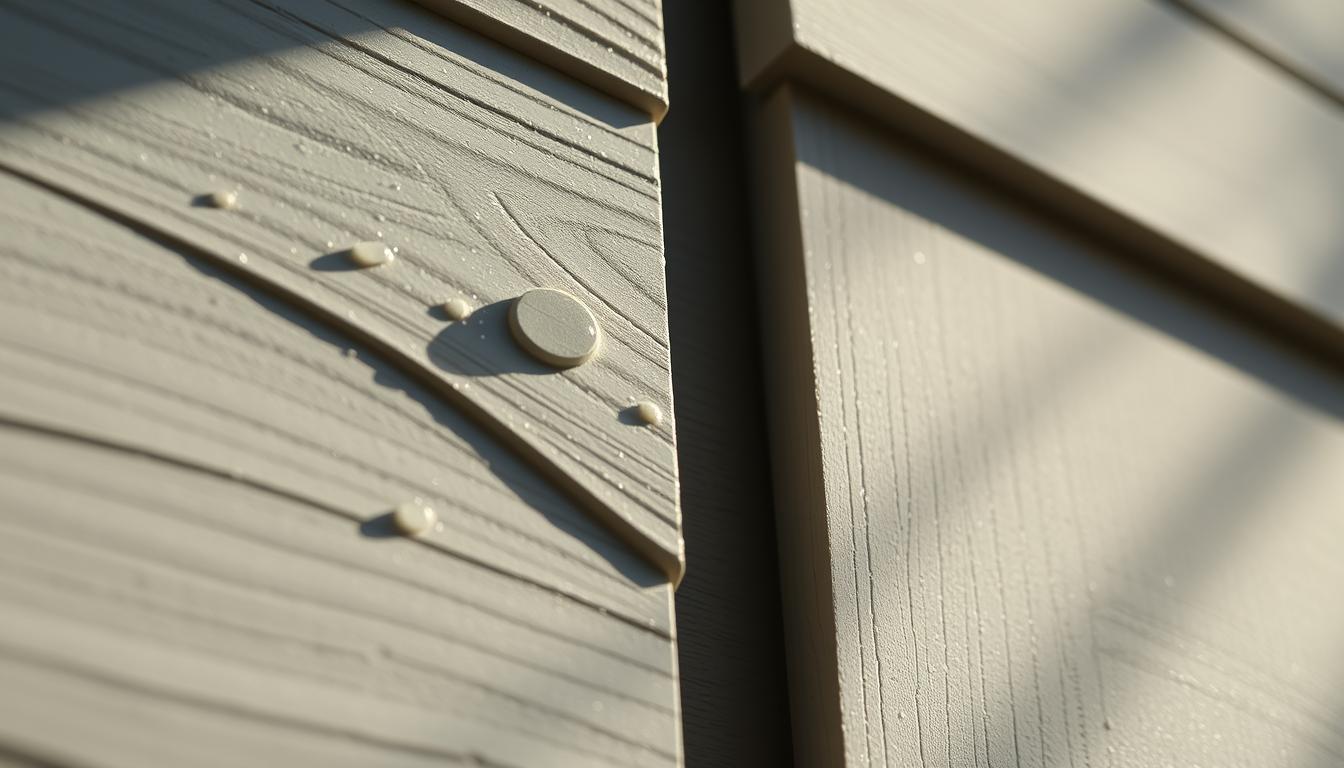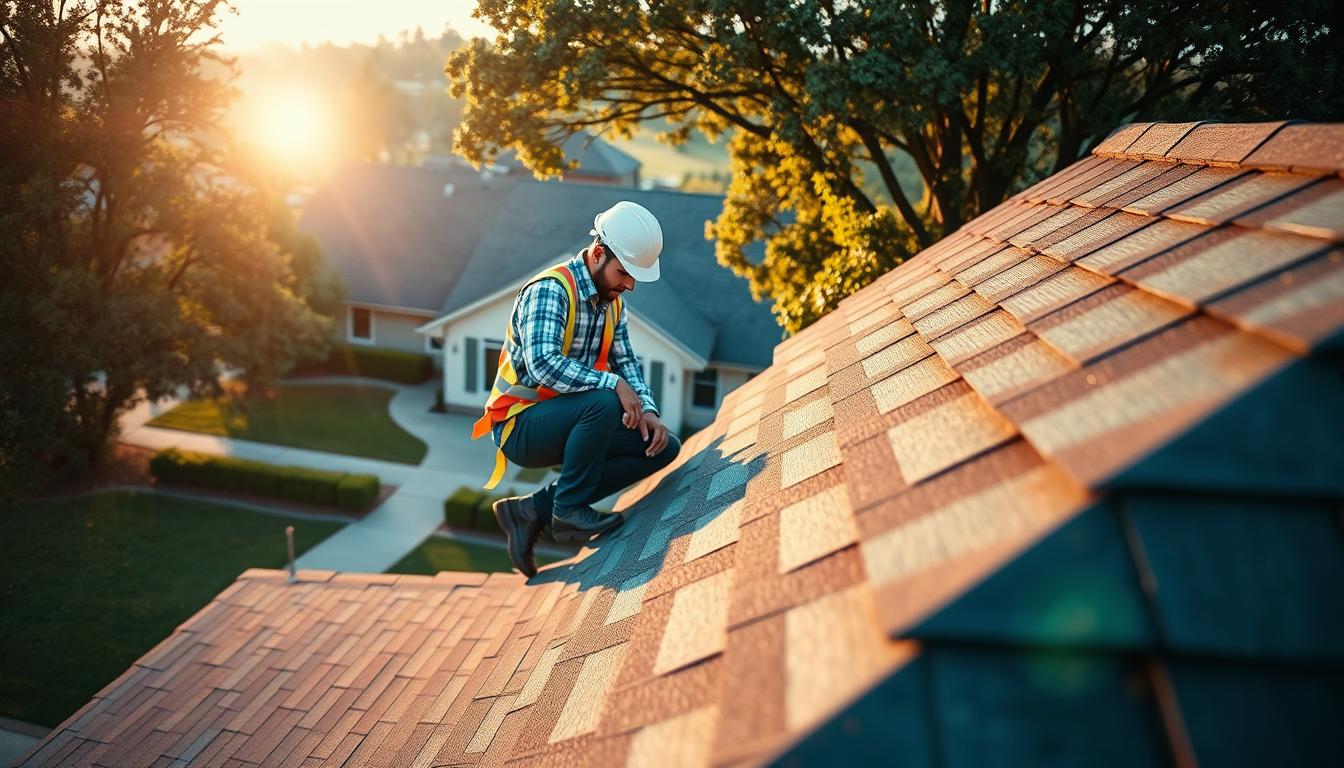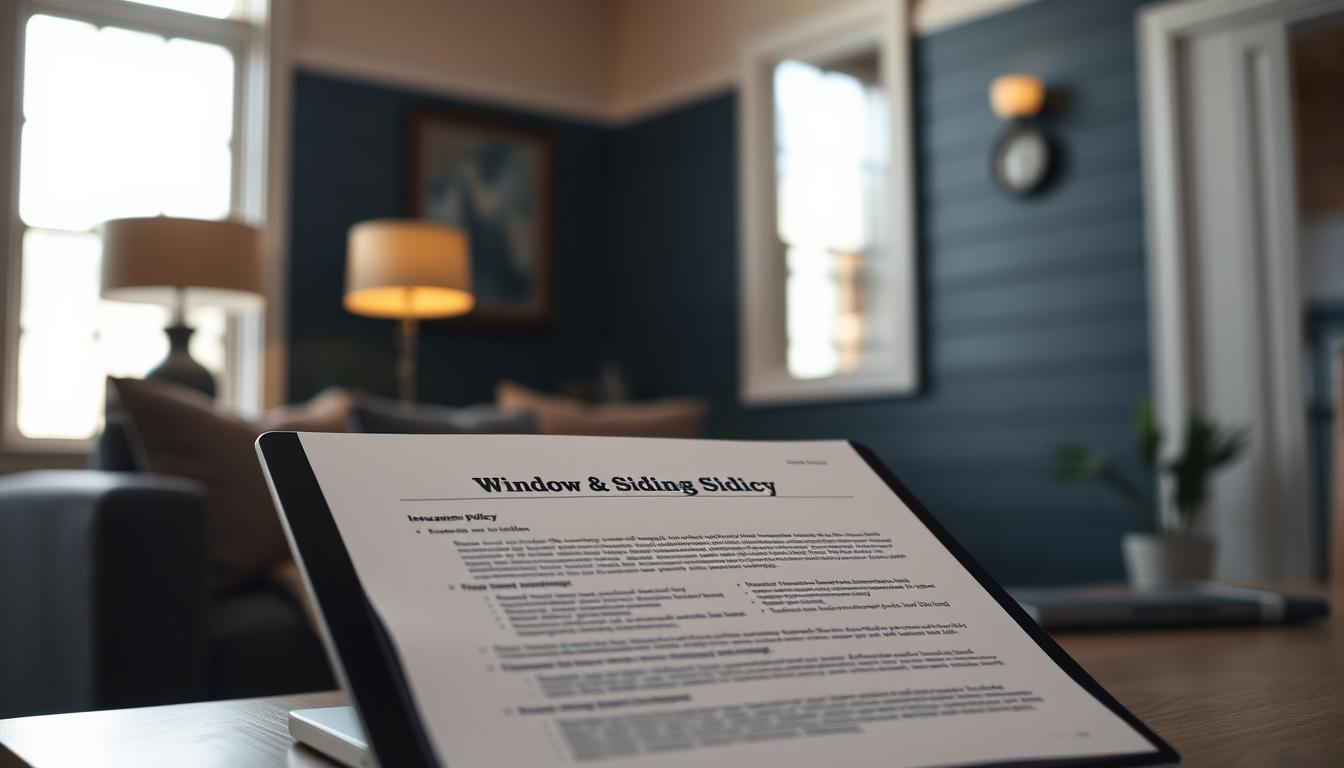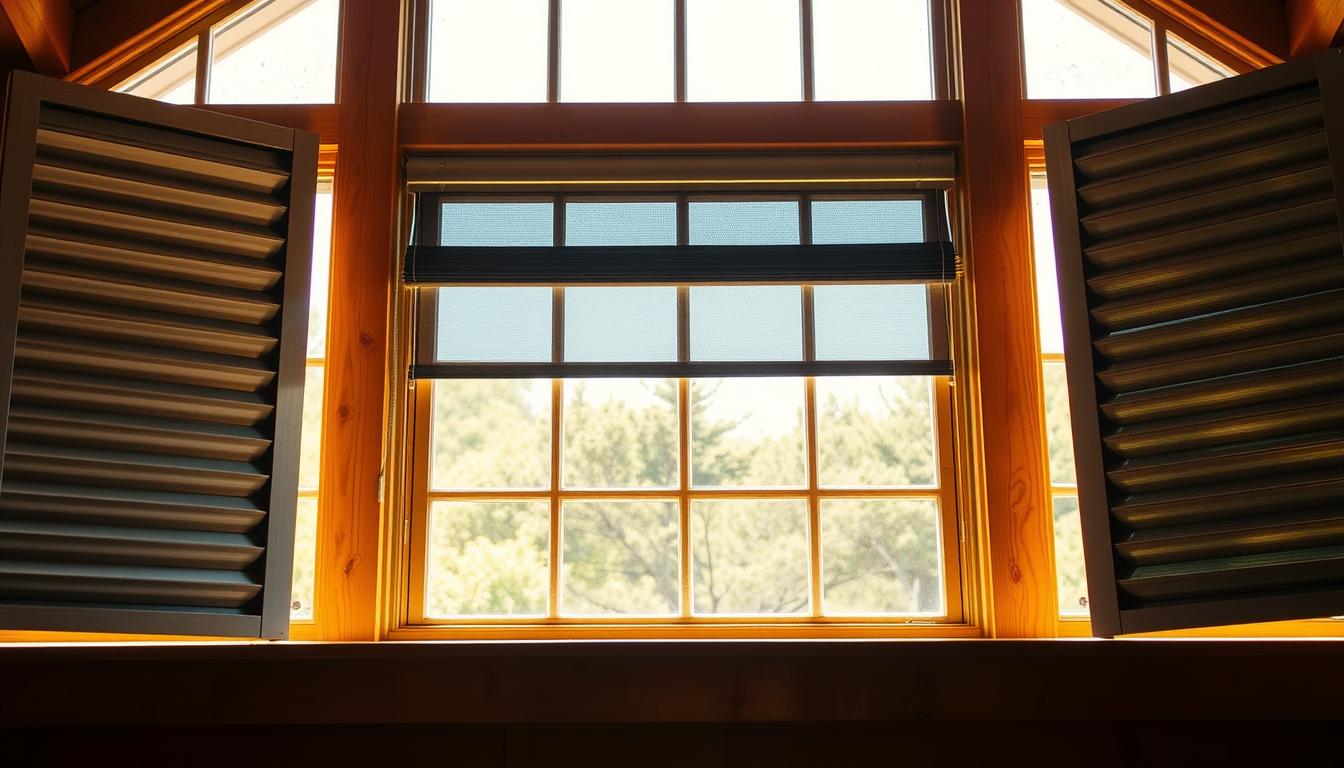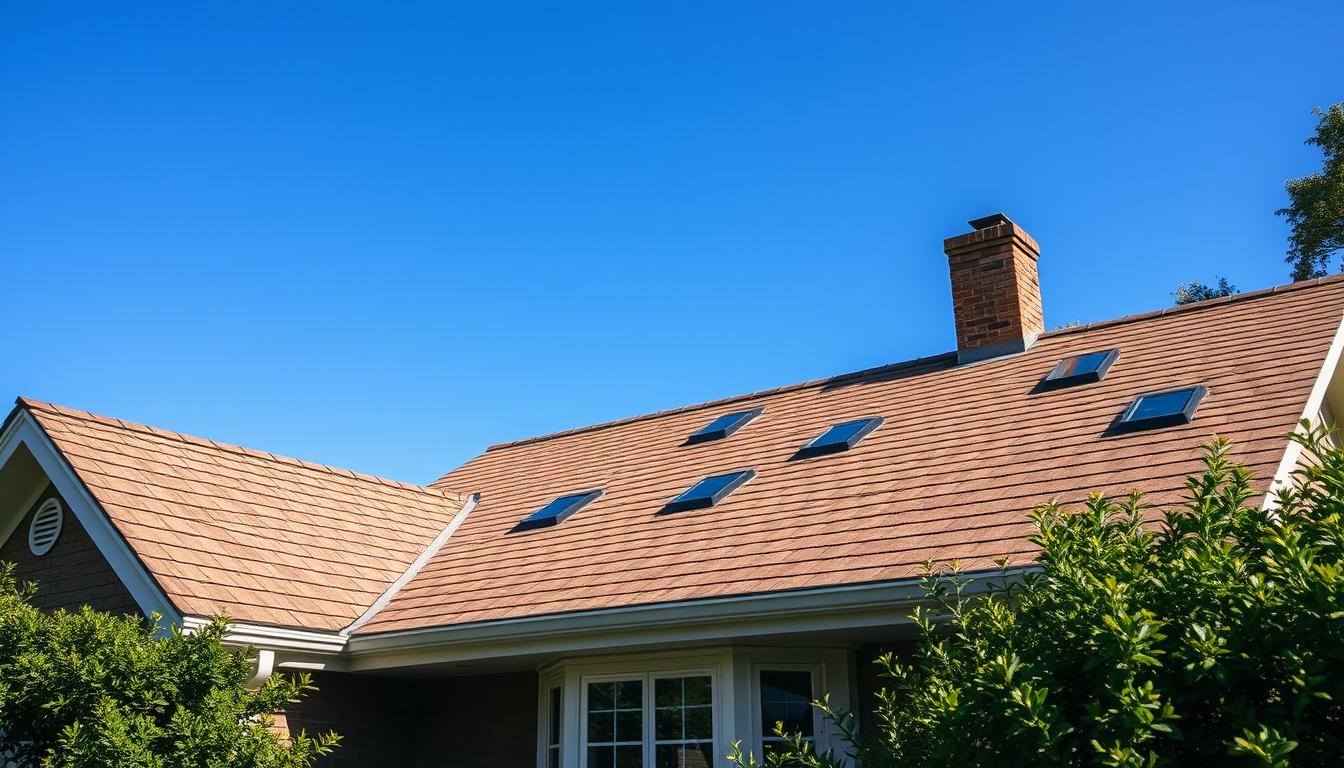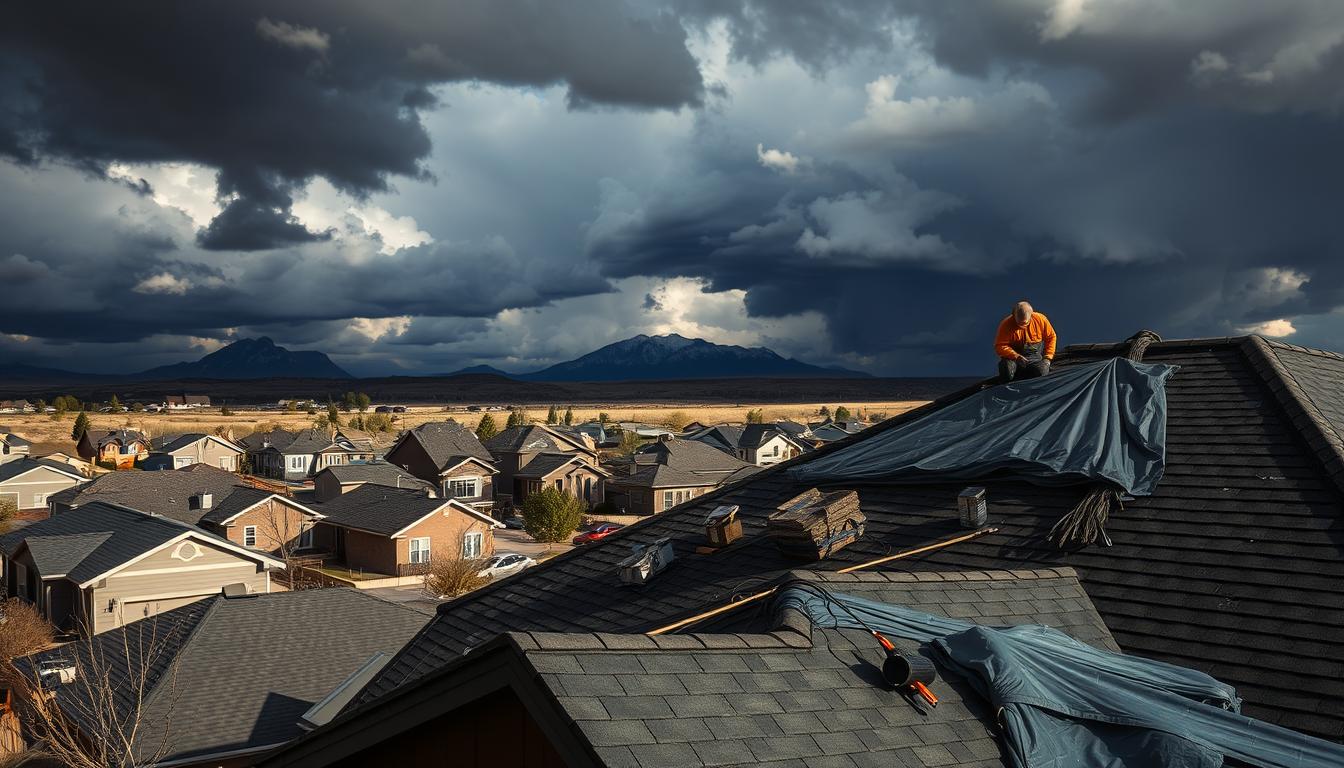Homeowners in Colorado Springs face big challenges to protect their homes from bad weather. Choosing the right siding is key to avoiding expensive repairs. The Rich Co Inc knows how important it is to pick siding that can handle hailstorms and harsh weather.
Vinyl and fiber cement siding are two top choices for those living in hail-prone areas. Each has its own benefits and downsides in Colorado’s tough climate. Knowing how they perform is essential for protecting your home’s exterior.
Hailstorms are a big threat to homes, so it’s important to compare these siding types. Durability, cost, and long-term performance are key when picking the best siding for your home.
Key Takeaways
- Fiber cement siding offers superior durability against hail damage
- Vinyl siding remains more budget-friendly but vulnerable to impact
- Professional installation significantly impacts siding performance
- Material choice directly influences home protection and value
- Regular maintenance extends siding lifespan in harsh weather conditions
Understanding Hail Impact on Home Siding
Homeowners in Colorado Springs face big challenges when it comes to severe weather. To prevent hail damage, it’s key to know how different siding materials handle intense storms. Choosing the right exterior can save you from expensive repairs or replacements.
Hail can cause a lot of damage to home exteriors. The damage depends on several important factors:
- Hailstone size ranging from pea-sized to baseball-sized impacts
- Age and condition of existing siding materials
- Angle and velocity of hailstone impacts
- Specific material characteristics of siding
Types of Hail Damage to Siding
Homeowners should know about specific damage signs from hail:
- Cracking: Half-circle splits between panel ridges
- Chipping: Distinctive marks at panel bottom edges
- Denting: Surface deformations varying by material thickness
Common Impact Patterns and Assessment
Experts look at many factors when assessing damage. Vinyl siding’s thickness, between 0.35mm to 0.55mm, affects its resistance to hail. Older siding is more brittle and vulnerable. South-facing sides often show more damage.
Weather Patterns and Risk Factors
Local weather conditions are key for protecting exteriors. Steep roofs can help deflect hail, reducing damage. Knowing these risk factors helps homeowners choose the best siding and protection.
Best Siding for Hail-Prone Areas: Top Material Choices
Choosing the right siding is key to protect your home from hail damage. In places like Colorado Springs, the weather can be tough. It’s important to know which siding materials work best.
Several siding materials are great at handling hail:
- Steel Siding: Offers exceptional strength and resilience
- Fiber Cement: Provides robust protection against environmental damage
- Engineered Wood: Demonstrates superior impact resistance
- Vinyl: Budget-friendly with modern technological improvements
- Stone Veneer: Natural durability and aesthetic appeal
Tests show how well siding materials hold up. Engineered wood siding does the best in impact tests. Steel siding rarely gets damaged, just minor dents. Fiber cement siding also does well, with little damage from impacts.
But there’s more to think about than just hail resistance. The siding should also look good, be easy to maintain, and not cost too much. Each material has its own benefits: steel is very durable, fiber cement is fire-resistant, and engineered wood absorbs impacts well.
Choosing the right siding depends on your local weather, budget, and what you want for your home. Getting advice from a professional can help you make the best choice.
Comparing Vinyl Siding Performance in Severe Weather
Vinyl siding is now a top choice for those looking for affordable protection against harsh weather. Thanks to new tech, it can handle extreme weather much better.
New technologies have made vinyl siding stronger. It now has thicker panels and better impact resistance. This means it can protect homes better during bad weather.
Modern Vinyl Technology Innovations
- Enhanced panel thickness for improved durability
- Advanced impact-resistant polymers
- UV-stabilized materials to prevent color fading
- Flexible composition that absorbs minor impacts
Cost-Effective Protection Strategy
Vinyl siding is a great mix of cost and protection. It’s cheaper to install than other materials but still keeps homes safe from moderate hail damage.
Installation and Maintenance Insights
Getting vinyl siding installed right is key to its performance. The right installation can make it last longer and handle bad weather better.
- Ensure precise panel alignment
- Use high-quality fastening techniques
- Allow for natural expansion and contraction
- Regular inspections and maintenance
Vinyl siding might not be the best for areas hit hard by hail. But, it’s getting better. It’s still a good choice for those who want reliable and affordable protection.
Fiber Cement’s Superior Hail Resistance Features
Fiber cement siding is a top choice for protecting homes from hail and severe weather. It’s made in a way that makes it very strong against hailstorms and bad weather. This is especially true in places like Colorado Springs.
The material’s strength comes from a mix of:
- Cement
- Sand
- Cellulose fibers
This mix makes the siding very tough. It can handle big impacts, like 2×4 lumber flying at 34 mph. This is like facing storm debris from a Category 5 storm.
Here are some key benefits:
- Lifespan of 40-50 years
- Wind resistance up to 157 mph
- Less than 1% thickness swelling after water exposure
- Minimal damage from hail and extreme temperatures
Professional installation is key to getting the most out of these benefits. Experts make sure each panel is installed right. This helps the siding protect your home from strong impacts.
Using fiber cement siding can also save you money. You might get lower insurance rates and avoid costly repairs after storms.
Conclusion: Making the Right Choice for Your Colorado Springs Home
Choosing the right siding for hail-prone areas is crucial. Denver’s weather is tough, so you need siding that can handle it. It must be strong against extreme weather.
When picking siding for your home, remember these important points:
- Durability against hail and temperature changes
- Long-term cost-effectiveness
- Looks and how it affects your home’s value
- How easy it is to maintain
Fiber cement siding is a top choice for Colorado homes. James Hardie siding is known for its great protection. It’s tested to stand up to harsh weather.
It resists:
- Extreme temperature changes
- Hail impacts
- UV radiation
- Wind speeds up to Category 5 hurricane levels
While vinyl siding is cheaper, fiber cement is better for hail-prone areas. Denver’s weather needs siding that’s both strong and lasts long.
Want to protect your home? The Rich Co Inc offers expert siding installation for Colorado’s weather. Call us at (719) 287-5385 for a custom consultation. Find the best siding for your home.
Additional Considerations: The Role of Professional Installation and Regular Maintenance
Choosing the right siding is just the start. Professional installation is key to keeping your home safe in bad weather. It makes sure each panel is well-attached, reducing risks during hailstorms.
Regular upkeep is also crucial. Experts say to check your siding twice a year for cracks or loose panels. Catching small problems early can stop big damage in severe weather.
The Rich Co Inc offers top-notch siding services. They handle installation, upkeep, and fixes. Their team knows how to install vinyl and fiber cement to fight hail. They use special techniques to deflect hailstones and lessen damage.
Getting professional maintenance might seem extra, but it saves money in the long run. With hail damage repair costs between $3 to $10 per square foot, regular care keeps your home looking good and safe in Colorado’s weather.
FAQ
What makes hail such a significant threat to home siding in Colorado Springs?
How does fiber cement siding compare to vinyl siding in terms of hail resistance?
What should I look for when assessing hail damage to my home’s siding?
Are there impact-resistant vinyl siding options available?
How often should I have my siding professionally inspected in a hail-prone area?
What additional protection can I add to my siding to improve hail resistance?
How do insurance companies typically handle hail damage to home siding?
What is the average lifespan of hail-resistant siding materials?
Source Links
- https://www.contractexteriors.com/posts/siding-showdown-vinyl-vs-hardie-board
- https://www.visexterior.com/blog/what-is-the-best-type-of-siding-for-your-house
- https://dabella.us/2023/01/hail-damage-to-siding/
- https://www.trinityexteriorsinc.com/about-us/blog/artmid/1072/articleid/163/how-to-identify-vinyl-siding-hail-damage
- https://africkerroofing.com/blogs/hail-resistant-siding/
- https://www.rollex.com/blog/why-steel-siding-is-best-in-regions-prone-to-hail-storms/
- https://northfaceconstruction.com/blog/most-durable-siding/
- https://mymidwestwindows.com/blog/the-top-5-durable-siding-materials-for-harsh-weather/
- https://scottbauerroofing.com/siding/best-siding-materials/post/siding-materials-for-extreme-weather-conditions
- https://www.renoworks.com/design-inspiration/top-5-best-siding-choices-for-weather-resistance/
- https://www.jameshardie.com/why-james-hardie/siding-performance-durability/
- https://www.southwestexteriors.com/blog/james-hardie-siding-vs-lp-smartside-siding/
- https://www.bayshoreexteriors.com/blog/5-best-hurricane-resistant-siding-options-for-2025
- https://www.sidingdenver.com/residential-siding/denver-siding-weather-durability/
- https://bellwetherhomes.com/how-james-hardie-siding-perform-against-wind-and-hail-colorado/
- https://bettervinylsiding.com/hail-damage-and-siding-prevention-and-repair-tips/
- https://www.advantage-construction.com/siding-hail-damage
- https://www.roperroofingandsolar.com/roof-repair/hail-damage-siding/

